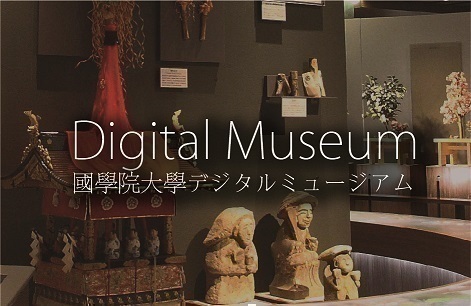- トップ
- Encyclopedia of Shinto
- Hana matsuri
Encyclopedia of Shinto
| Main Menu: | |
| Links: |
詳細表示 (Complete Article)
| カテゴリー1: | 5. Rites and Festivals |
|---|---|
| カテゴリー2: | Rituals in Daily Life |
| Title | Hana matsuri |
| Text | "Flower Festival." In Buddhism the kanbutsue festival held on the eighth day of the fourth month of the old lunar calendar to celebrate the anniversary of Buddha's birthday is sometimes also called hana matsuri; that usage was first employed by the Pure Land (Jōdoshū) sect and then spread to the other Buddhist schools. Hana matsuri in a Shintō context usually refers to the "November kagura" (shimotsuki kagura) centered on the yudate ceremony held from the end of November until the new year in the area of Kita Shitara District, Aichi Prefecture. Once it was performed in more than twenty villages of neighboring districts, but today that number is around the teens. Also, designating January 2 through 5 as festival days (saijitsu) is becoming more common. A shrine's haiden, a public hall, or a specially chosen private piece of earthen floor called a hana yado is used as the ritual site (saijō). Participants boil water in a huge kettle (kamado) placed in the center and perform kagura (sacred dance) around it. The ritual is led by the hana negi (supplicant priest) and performed by members of old established families referred to as miyaudo. Masked dances performed include yamami oni, sakaki oni, asa oni, okina, miko, hi no tama, and mizu no tama. Dances without masks such as hana no mai, ichi no mai, jigatame, mittsu mai, yottsu mai, and yuhayashi are also held. It ends with the rites of sending off (kamiokuri) and pacifying (shizume) the deity. Apart from this there are also other festivals called hana matsuri, mainly held in April, where flowers are offered before deities. The rite held on April 18 at the Izumo Daijingū Shrine in Kyōto Prefecture (Kameoka-shi, Chitose-chō) that centers on fūryū dances is one such example, as are other festivals held at such shrines as Shiogama Jinja in Miyagi Prefecture, Ikasuri Jinja in Ōsaka, Niutsuhime Jinja in Wakayama Prefecture, Ōtori Jinja in Sakai, and Futarasan Jinja in Nikkō. One notes in the Nihon shoki, too, that locals worshipped the spirit of Izanagi no mikoto by offering flowers during the flower season. Furthermore, seasonal or artificial flowers are used for decorations in festivals throughout the whole country. — Iwai Hiroshi |




